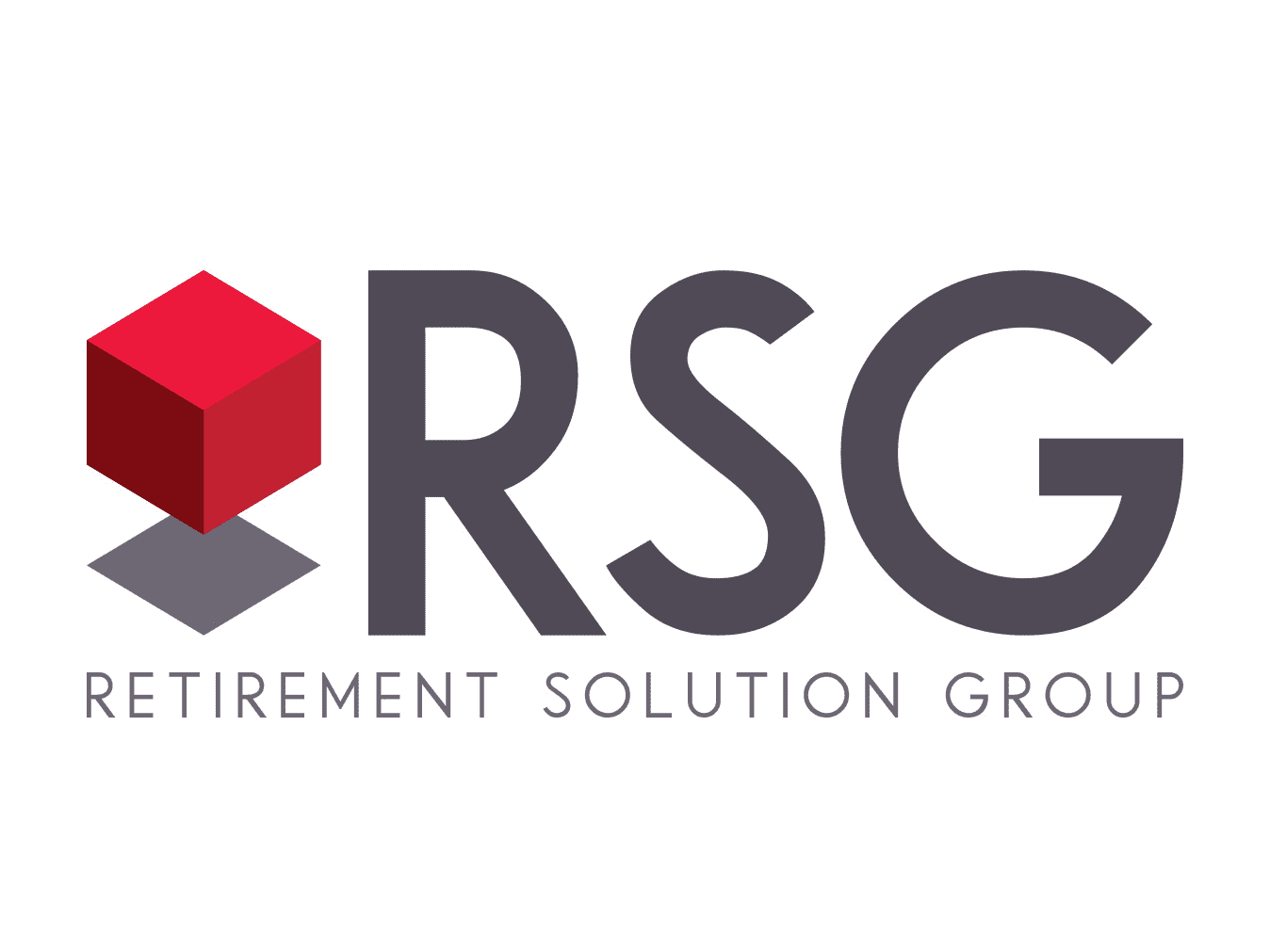Are you eager to supercharge your retirement savings beyond the limits of your 401(k) profit sharing plan? If so, you might be intrigued by the idea of combining your existing plan with a defined benefit plan. This dynamic strategy, known as a “combo plan,” can significantly enhance your retirement benefits by leveraging the strengths of both plan types. In this article, we’ll explore the concept of combo plans and highlight key considerations for those looking to maximize their retirement savings.
Unlocking the Power of Combo Plans
A combo plan is a sophisticated retirement savings strategy that combines a defined contribution plan (typically a 401(k) profit sharing plan) with a defined benefit plan (commonly a cash balance plan). This innovative approach allows business owners or key individuals to receive larger benefits without compromising on benefits for their staff. It’s an excellent fit for those seeking substantial tax deductions, earning over $330,000 annually, running successful businesses with stable profits, and wanting to contribute to staff retirement funds.
Is it too good to be true? Not necessarily. Combo plans are particularly advantageous for businesses with stable profit streams, a desire to contribute to all staff members’ retirement, and a consistent employee demographic, especially if there’s a younger workforce.
Considerations Before Implementing Combo Plans
While combo plans offer impressive benefits, there are essential considerations before diving in:
- Increased Administration Costs
Administering a combo plan requires additional paperwork, including a separate plan document for the defined benefit plan, a second 5500 filing, and potentially a Pension Benefit Guaranty Corporation (PBGC) filing. The PBGC premium, typically costing several hundred dollars, varies based on company size.
- Top-Heavy Concerns
Combining plans may render your existing 401(k) profit sharing plan top-heavy, triggering a minimum contribution requirement. It’s advisable to budget around 5% of your company’s staff salary to meet this requirement while minimizing impact.
- Dependency on Profit Sharing Contributions
The defined benefit plan relies on contributions from the profit sharing plan to pass compliance testing. Be prepared for an increase in profit sharing contributions to sustain the combo plan’s effectiveness.
- Long-Term Commitment
Best practices suggest that a defined benefit plan should ideally exist for at least five years. While termination is possible under specific circumstances (such as a business sale or owner illness), a longer commitment is generally beneficial.
- Flexibility of Defined Benefit Plans
Defined benefit plans can be amended at any time. You have the flexibility to adjust formulas or freeze the plan based on changing business needs.
Implementing a combo plan requires careful consideration and expertise. Professionals like Retirement Solution Group can help tailor a plan to your specific objectives, providing a smooth and efficient process. So, if you’re ready to turbocharge your retirement savings, sit back, relax, and let the experts guide you through an exhilarating journey to financial security. Enjoy the ride!



